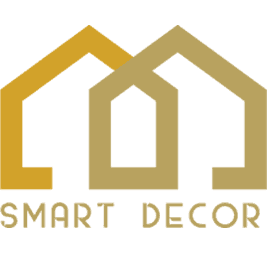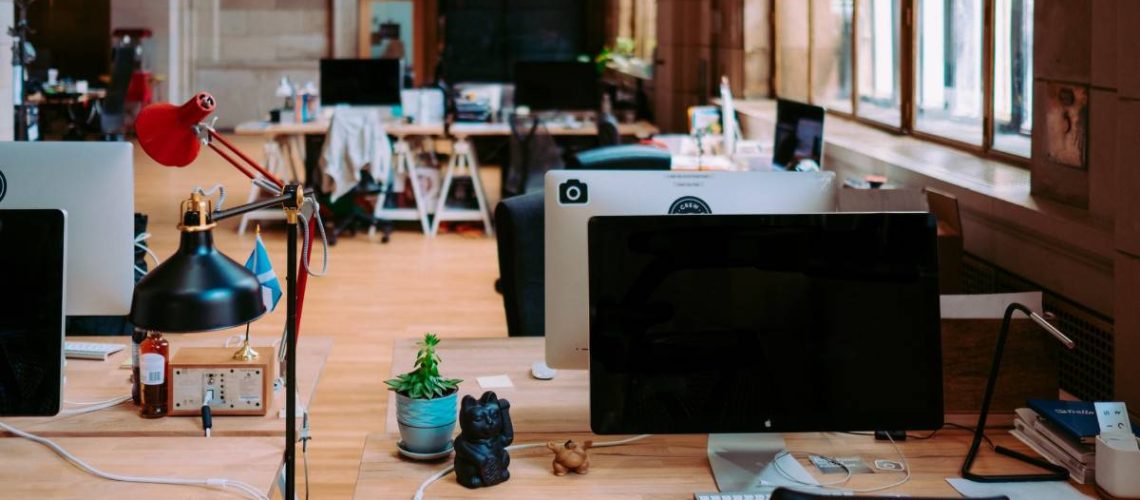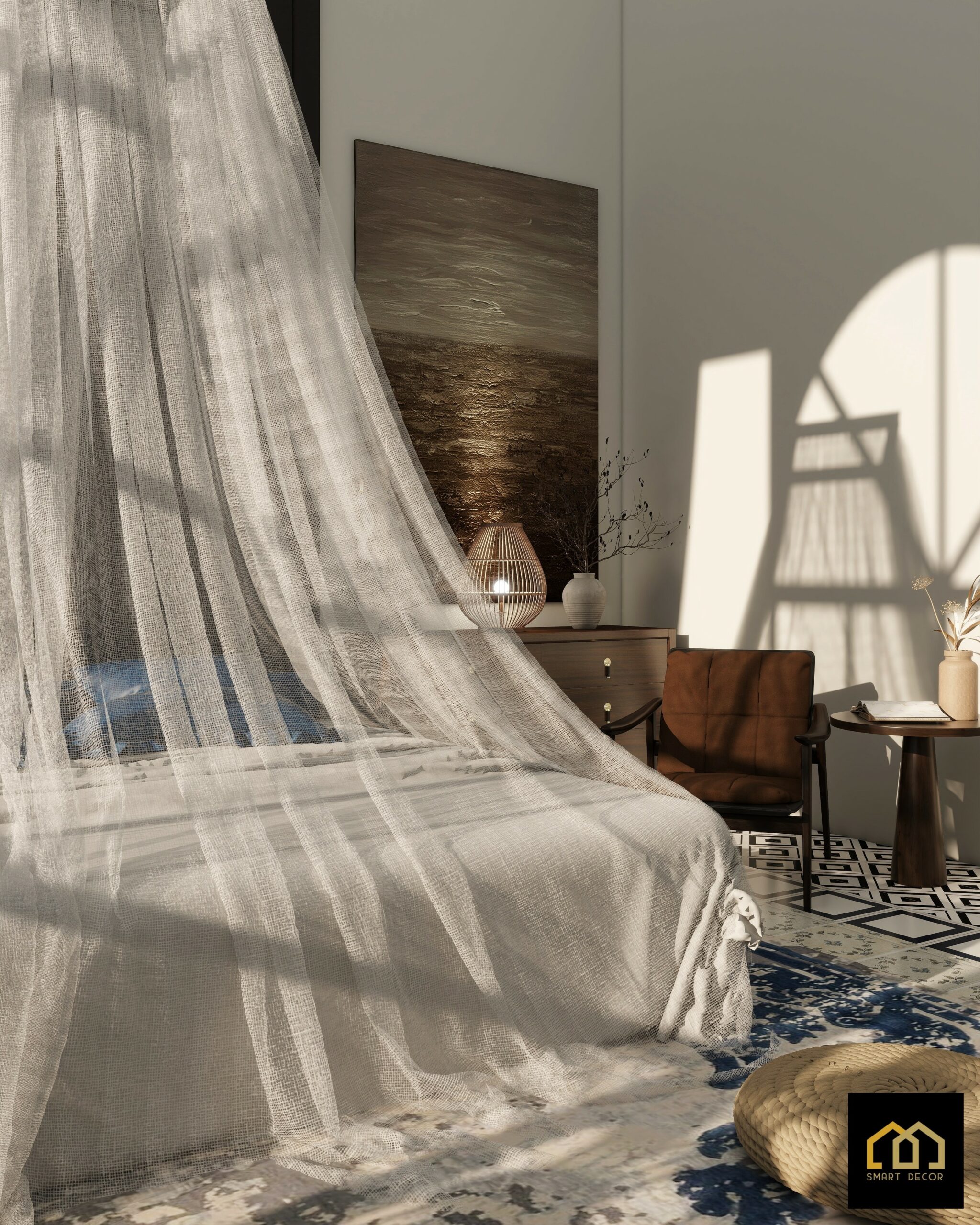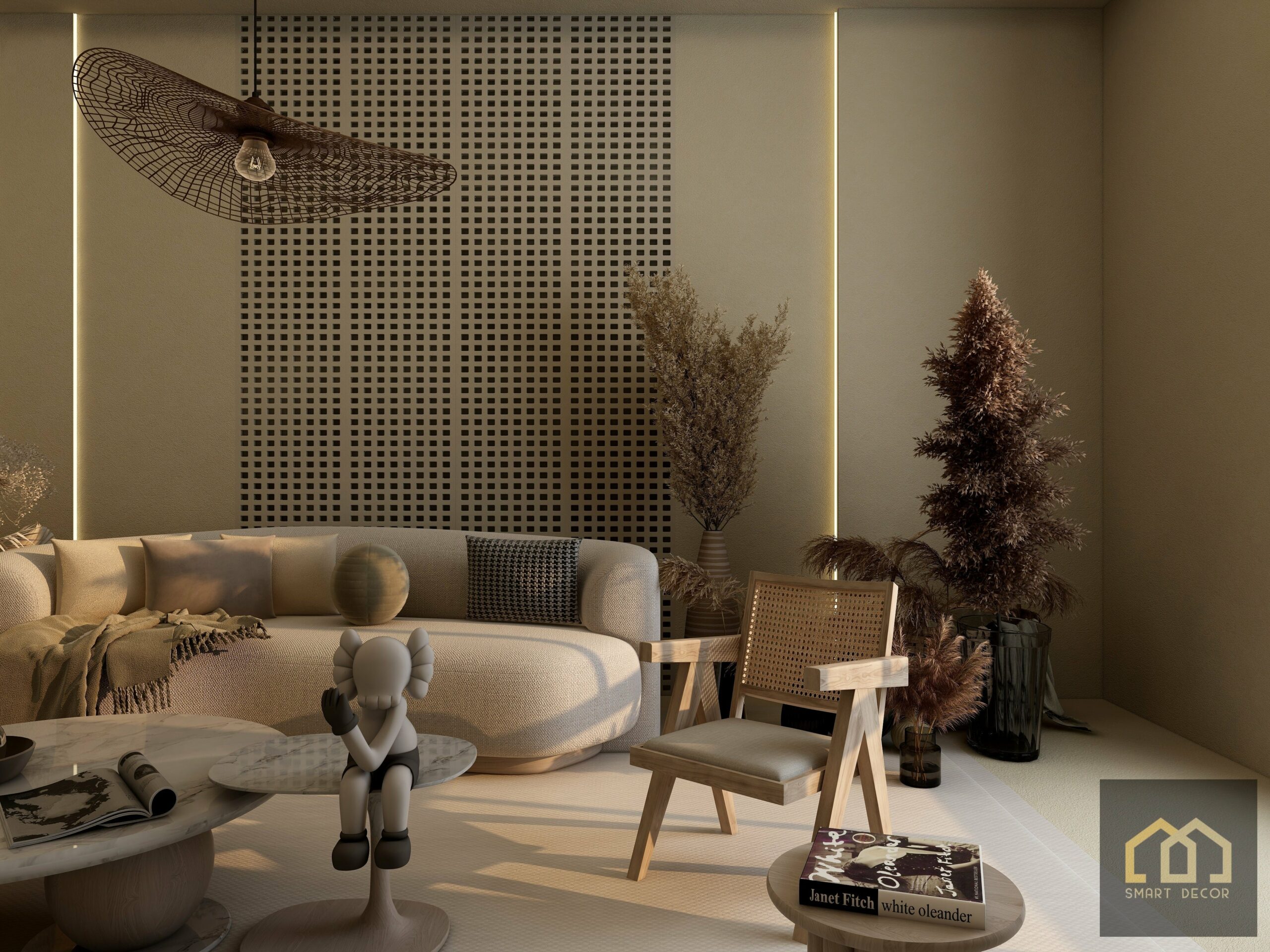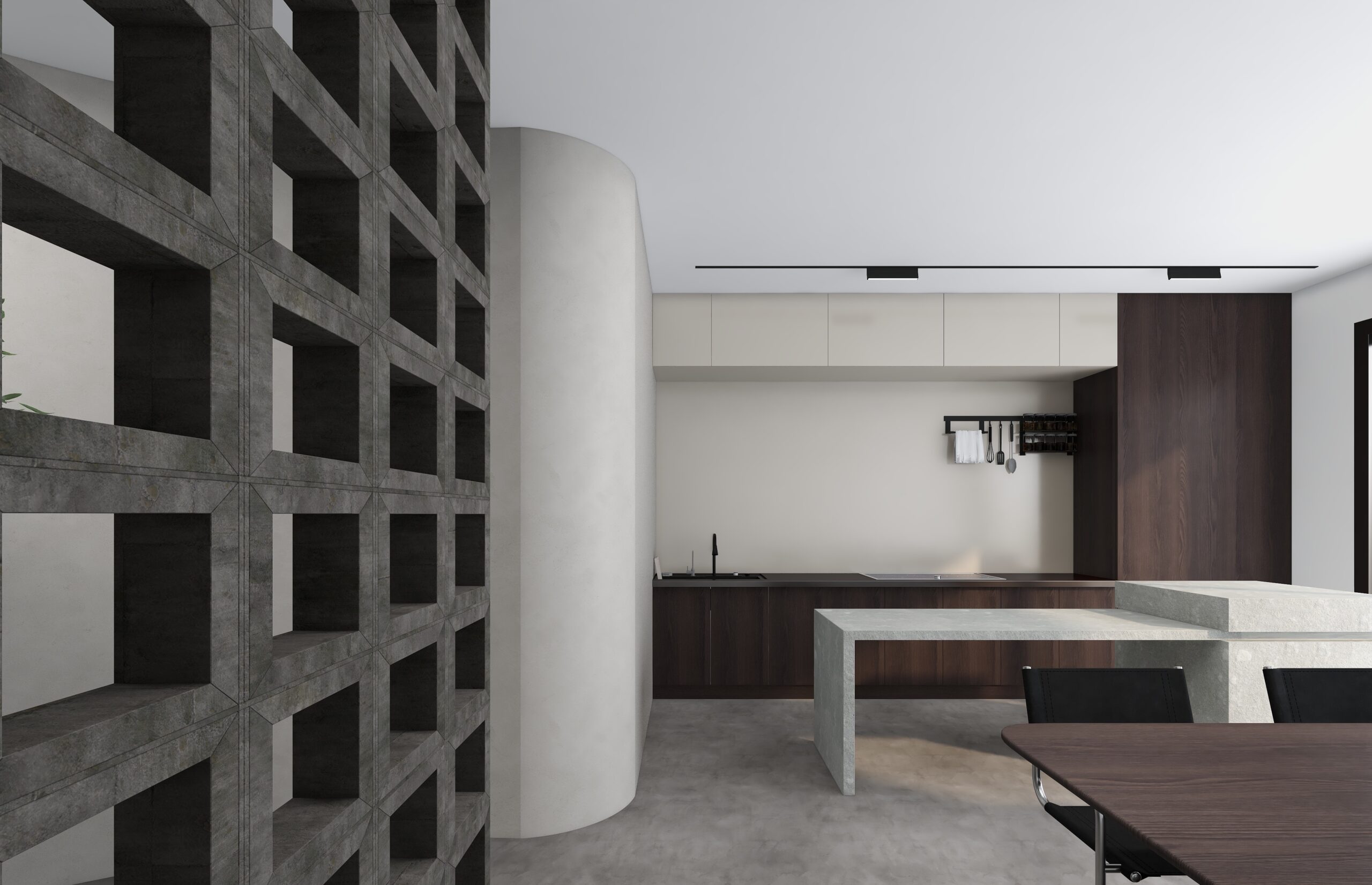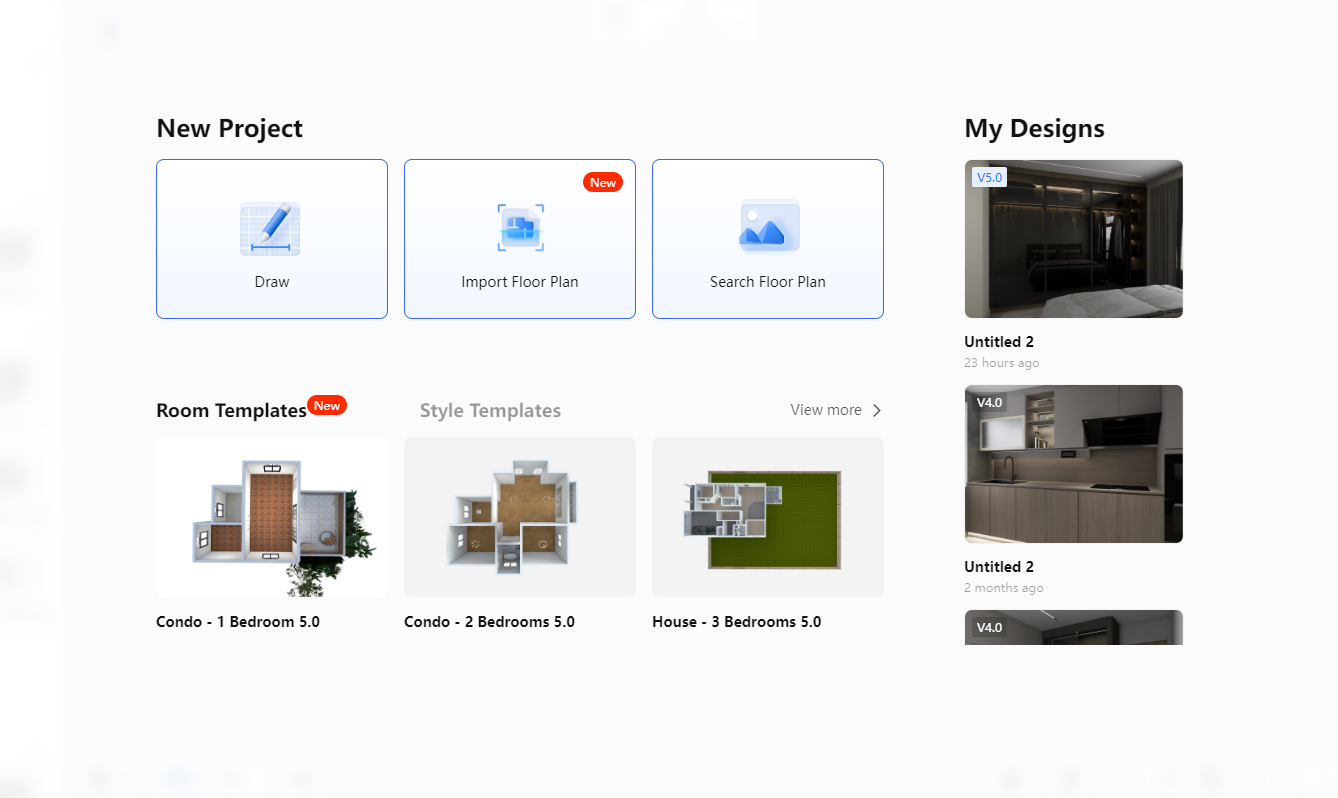“If you are a building a really good design tool, the tool is not important. The designer’s idea is more important,” said Wang Lei. “We want them to forget about the tool and focus on designing something.”
Wang sits on a chair in a busy exhibition hall. He nurses an iPad with both hands. A 3D model of the interior of a house fills its screen. “We are focused on interior design,” he tells TechNode. “It is a big project in the concept of the building. It’s the last step, but it’s also really important.”
Wang is the vice president of COOHOM, the international arm of Chinese tech company Kujiale (酷家乐). The company aims to provide designers with a cloud-based, interactive mixed reality platform for modeling interior spaces. The brands were born out of a need. Wang says that in many instances when homeowners employ contractors to decorate their new properties, “they don’t know what they are going to get.”
China has the highest rates of property ownership in the world. Since the country’s housing reforms in 1998, the market has experienced rapid development. Chinese banks extended RMB 1.9 trillion ($302 billion) in mortgages for new homes in the first-quarter of 2018, up over 11% year-on-year. This is, in part, driven by China’s rapid rates of urbanization. In 1990, just 26% of the country’s population lived in cities. This number swelled to 56% in 2015 and is expected to rise to over 60% by 2020.
Additionally, consulting firm McKinsey predicts that by 2022, 76% of these urban populations will be considered middle class, increasing national consumption from RMB 29 trillion in 2016 to RMB 56 trillion in 2027. And most importantly for interior designers, 91% of the country’s millennials plan to use their money to buy houses in the next four years.
“In China, the home is really important for everybody,” says Wang. This has created an enormous market for interior designers, and internet-based solutions have proved popular. Kujiale is hoping to replicate its success in China internationally under its COOHOM brand.
COOHOM believes that mobile devices are revolutionizing the process of shaping interior spaces, allowing for functionality that it is not available on a computer. Wang says that designers are utilizing mobile devices more frequently to create designs, in part due to their portability.
“In the old days, people printed the plot; you have to carry these things to the field,” he says. “With these devices, you don’t have to do that. It’s connected. It’s always connected to the cloud.”
By using cloud computing, designers have access to the projects they are focusing on wherever they have internet coverage, allowing them to work on projects whenever inspiration strikes.
In Kujiale’s case, a library of 30 million projects exists on the company’s platform, accounting for 90% of all floorplans in China. These plans are obtained from both the government and designers. “This is the beauty of the internet. It’s actually crowdsourcing,” Wang says. “We are trying to figure out how we can get the same library in the United States and other places.”
In addition to storing data in the cloud, the processing power of remote computers can also be used. “We use a server to do the rendering,” says Wang. Rendering, the process of “taking a photo” of a virtual 3D environment, is used by architects and designers to create a computer-generated representation of what a building or interior will look like.
“It would take about one day to render one image on an iPad. For our system, it would take a couple of minutes to do an HD rendering. We have hundreds of servers in our rendering farm in order to render designs much faster,” Wang explains.
Augmenting existing design tools
Augmented reality (AR) is nothing new. Despite the term being coined in 1990, the first instance of the technology came about in 1968. The technology now has countless applications. From gaming to medicine to design, revenue from AR hardware and software in China reached $249 million in 2016 and is expected to rise to $1.7 billion by 2021. The release of Apple’s ARKit and Google’s ARCore have in no small part helped to bring the technology to mobile devices, thereby driving penetration.
“We are thinking about AR in two ways,” says Wang. “The first thing: AR can be used as a measuring tool to help you to create a floor plan. You can use it as a ruler. The second thing: instead of just putting one piece of content on your floor, we think about designing in AR mode. So actually, we want to put the entire design onto the floor, and you can use your tablet to walk inside of your design project. You can walk inside the room in the real scale.”
He says that AR allows designers to see if a particular piece of furniture is a good fit for a space. The company works with manufacturers and designers to create 3D models of existing pieces of furniture that are on the market. These models are then imported into the system and manufacturers have the opportunity to open their product library to others on the platform. The company also encourages users to upload their 3D models.
In addition to AR, virtual reality (VR) provides a more lifelike opportunity for homeowners to view the work of designers in a virtual space. COOHOM uses the renderings it creates on its servers to afford homeowners the chance to walk through a virtual representation of their newly decorated home. “We want to provide you [with a situation where] what you see is what you get,” Wang explains. “In this case, we render 720-degree high-resolution images. You can go inside [in VR] and see the result before you implement the project.”
Wang says that despite being a tool for designers, these platforms are available for anyone to use. “We want to talk to designers because this is a designers tool,” but “as an individual person, if you want to DIY your home, why not?”
You are reading this article on Smart Decor Pte Ltd’s website. Smart Decor Pte Ltd is the exclusive partner and distributor of Coohom in Southeast Asia. For more info about how Coohom can help your business, click on the following link:
